September 15th marked the day we arrived in very Roman town of Arles. The town is famous for its well preserved Roman Arena, the Arles Amphitheatre, as well as the Café Terrace at Night painting and other works by Vincent Van Gogh. To this day, both locations survive and are in use, albeit the Arena requires constant upkeep and refurbishing.
The following excerpts from the Wikipedia Article on Arles are offered as a synopsis of its history:
Arles became renowned as a cultural and religious centre during the late Roman Empire. It was the birthplace of the sceptical philosopher Favorinus. It was also a key location for Roman Christianity and an important base for the Christianization of Gaul. The city’s bishopric was held by a series of outstanding clerics, beginning with Saint Trophimus around 225 and continuing with Saint Honoré, then Saint Hilary in the first half of the 5th century. The political tension between the Catholic bishops of Arles and the Visigothic kings is epitomized in the career of the Frankish St Caesarius, bishop of Arles 503–542, who was suspected by the Arian Visigoth Alaric II of conspiring with the Burgundians to turn over the Arelate to Burgundy, and was exiled for a year to Bordeaux in Aquitaine, and again in 512 when Arles held out against Theodoric the Great, Caesarius was imprisoned and sent to Ravenna to explain his actions before the Ostrogothic king.
The town regained political and economic prominence in the 12th century, with the Holy Roman Emperor Frederick Barbarossa traveling there in 1178 for his coronation. In the 12th century, it became a free city governed by an elected podestat (chief magistrate; literally “power”), who appointed the consuls and other magistrates. It retained this status until the French Revolution of 1789.
In Modern Times, Arles remained economically important for many years as a major port on the Rhône. The arrival of the railway in the 19th century eventually killed off much of the river trade, leading to the town becoming something of a backwater.
This made it an attractive destination for the painter Vincent van Gogh, who arrived there on 21 February 1888. He was fascinated by the Provençal landscapes, producing over 300 paintings and drawings during his time in Arles. Many of his most famous paintings were completed there, including The Night Cafe, the Yellow Room, Starry Night Over the Rhone, and L’Arlésienne. Paul Gauguin visited van Gogh in Arles. However, van Gogh’s mental health deteriorated and he became alarmingly eccentric, culminating in the infamous ear-severing incident in December 1888 which resulted in two stays in the Old Hospital of Arles. The concerned Arlesians circulated a petition the following February demanding that van Gogh be confined. In May 1889 he took the hint and left Arles for the Saint-Paul asylum at nearby Saint-Rémy-de-Provence.
As we were visiting Pont du Gard earlier that day, we arrived in Arles late afternoon. There was still enough daylight left to walk about the town and take a few photos. Our first order of business was to check into our accommodations at the Hôtel De L’Amphithéâtre. If you ever visit Arles, I highly recommend this hotel. It is situated in a centuries old building just a block away from the amphitheatre and minutes away from the center of the town. Not only is its location very convenient, the building itself is full of character and offers old world charm and upgraded decor at very reasonable prices. It was like checking into the luxury and character of another century, but with some modern day artwork.
Naturally, our first activity was to take a stroll around the arena. There was, at best, an hour left of usable light to take photos. On account of the setting sun and heavy shadows, it was not the most ideal light, but that did not matter. It was great to see the arena and start exploring the town.
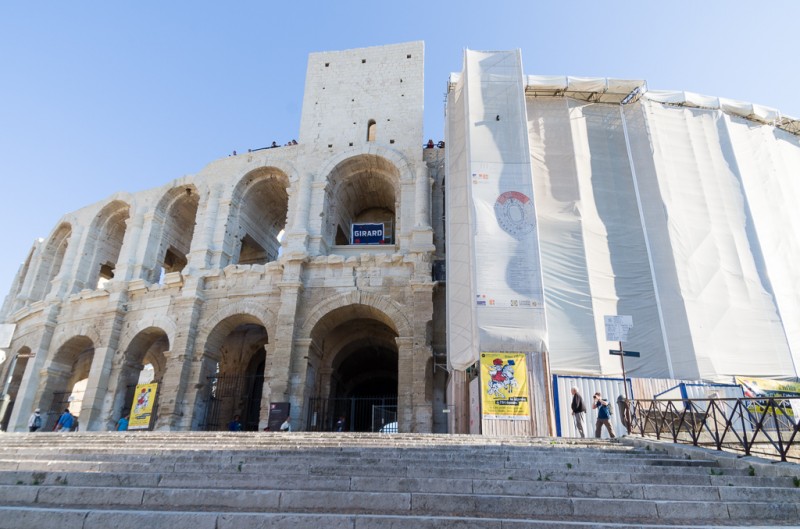

After sunset, we took a brief rest and it was time for dinner. I wanted to visit the cafe made famous by Van Gogh’s painting, now appropriately named “Le Cafe La Nuit”. Working only from a vague recollection of the painting, I made my feeble attempt render a modern day photo of the scene. During Van Gogh’s time the town square was not so cluttered, so I had to position my camera looking down the street with the fewest external distractions.
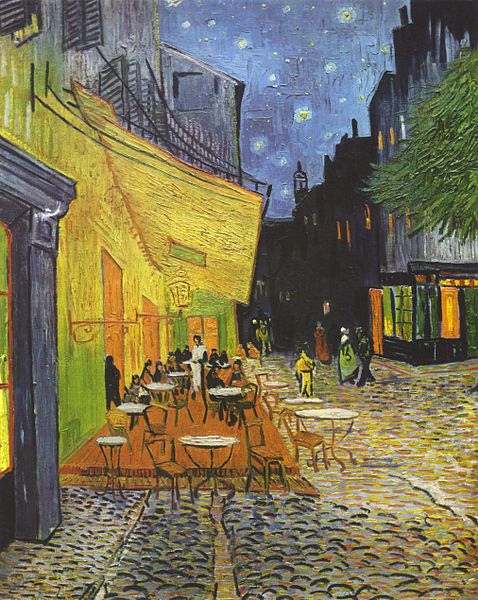

There is an an incredible serenity, ambiance and quality of light as one walks through the streets of Arles at night. The passages between many of the buildings are too narrow for cars and there are no obvious indications of 21st century technocracy, so it only takes slightest bit of imagination to visualize how the town would have appeared to Van Gogh and his contemporaries.


My next posting will feature our second day in Arles, as well as arena photos taken under more ideal lighting conditions.


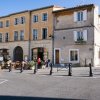
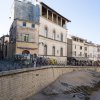
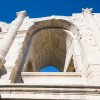

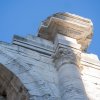





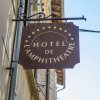



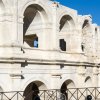
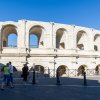


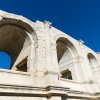

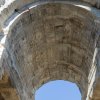



Still look artistic even that is the old building